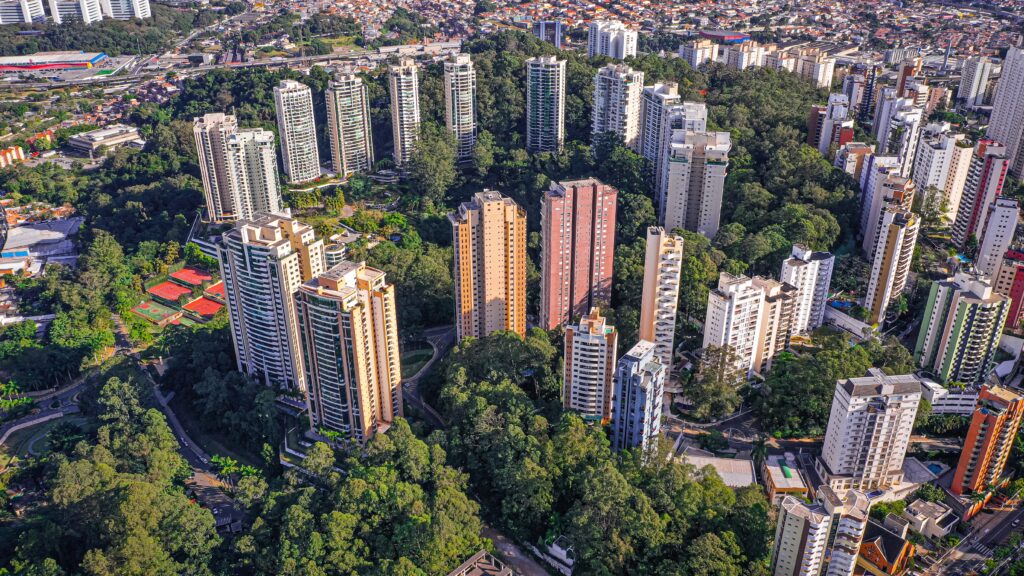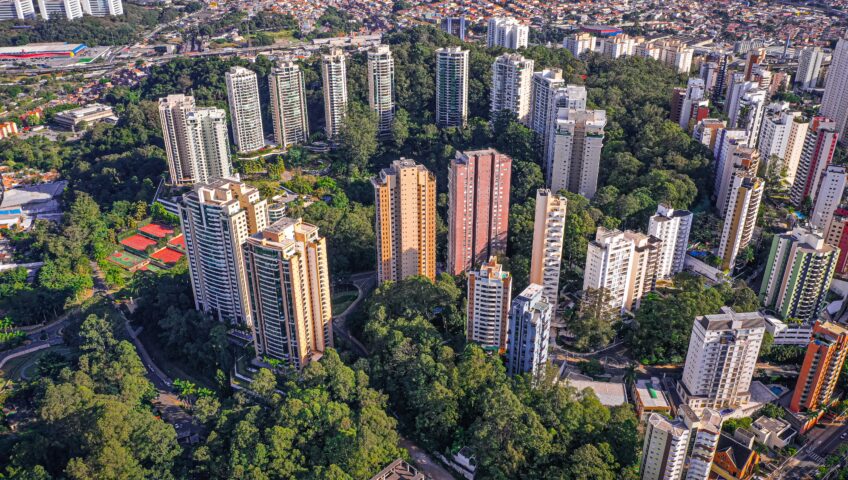Tree equity is the idea that trees are critical infrastructure – which means that their destruction would have significant and negative effects on the security, economy, or public health & safety of the nation. To that end, tree equity requires that all people, regardless of where they live, need access to trees. The Tree Equity Score website states that there should be “enough trees in specific neighborhoods or municipalities for everyone to experience the health, economic, and climate benefits trees provide”.
Economic benefits of trees
Planting trees in cities has an economic benefit. Watering, pruning, and other maintenance requires city staff – they create long-term demand for jobs. It also opens up more jobs for urban planners and ecologists.
Trees also increase property values. Home prices increase in correlation with the number of trees in an area. Additionally, when homes and apartments are shaded, air conditioning costs are reduced.
Heath benefits
According to a recent Washington Post article, people living in greener neighborhoods have a lower rate of heart attacks, high blood pressure, and diabetes. People are also generally happier when surrounded by more trees. Some research has even shown a correlation between more trees and fewer instances of gun violence amongst adolescents..
Climate benefits
Trees help combat the urban heat island effect, which occurs when sunlight hits exposed constructed surfaces like asphalt and concrete, which retain heat and raise the local temperature. The shade benefits provided by trees are a cost-effective and logical method of reducing the amount of sunlight that reaches pavement directly, thereby creating a cooler overall environment. This issue is particularly present in low-income neighborhoods of urban areas, where trees are typically harder to find.


